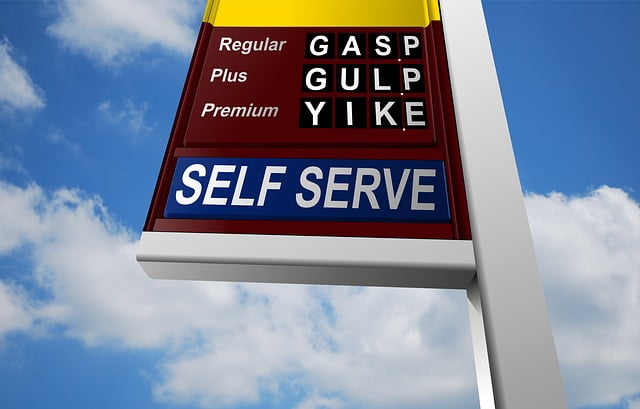
People are burdened with a common issue—expensive gas. Recent gas prices in the US average at $5 per gallon, which shows a massive markup in the current market. Such a huge increase in pricing affects transportation costs. For businesses, it shouldn’t be surprising that working with a China freight forwarding firm is preferable to reduce potential fuel surcharges.
Experts say that the acquisition of crude oil is the biggest factor in the rising prices, but its processing and distribution also have significant effects. For example, crude oil undergoes industrial mixing processes alongside other steps to transform into the familiar fuel that customers know. Here’s a more detailed explanation of why gas is so expensive.
Table of Contents
1. Getting crude oil
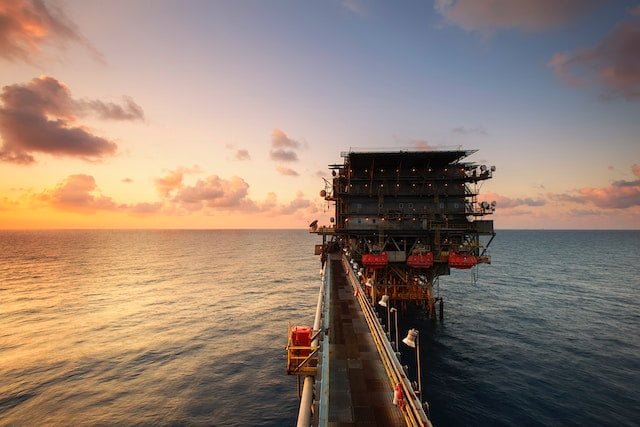
Countries and powerful bodies of authority control oil sources, and one of the biggest suppliers in the global oil market is Russia. Unfortunately, due to the rising tension in the Russia-Ukraine war, the US and other major countries have imposed a ban on most oil imports from the said nation.
Russia easily takes 10% of the oil industry, and with such a ban imposed, the crude oil supply is getting crippled. The extraction process also matters in the total end-user price of gas, as crude can be extracted from oil wells, oil shale fractures, Canadian tar sands, and others. A barrel of crude oil amounts to $20 in Saudi Arabia and up to $90 if extracted from deep-water wells.
2. Refining process
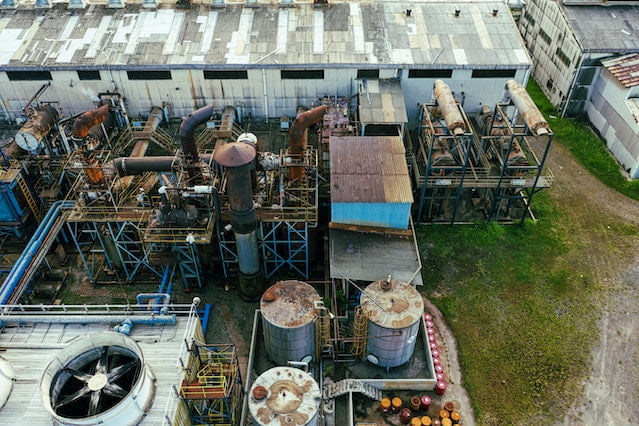
After getting the crude oil, it must undergo refining processes in various manufacturing plants. This step makes it usable by the vehicles and it also makes it free of impurities. Crude oil gets heated and processed in a distillation tower. After separating it from other byproducts, the material gets transformed into diesel, gasoline, bitumen, and related commodities.
Oil can be corrosive, especially when mixed with other corrosive substances. As such, manufacturing facilities face the problem of wear and corrosion on their machinery. They tend to invest in high-quality oil valves and frequent maintenance to prevent downtimes. These factors also add up to the manufacturing costs.
The general refining costs to produce gasoline range from 40 to 70 cents for each gallon. This may vary depending on the seasonal formula used and the target octane.
Refineries have lower production capacities
The modern pandemic caused numerous refineries to shut down because of one reason—lack of demand. Others chose to lower their production capacities on the other hand. Now that demand for oil is rising, oil refineries cannot suddenly increase their production rate because it involves a massive financial investment. As such, gas tends to be more expensive at the time.
3. Distribution expenses
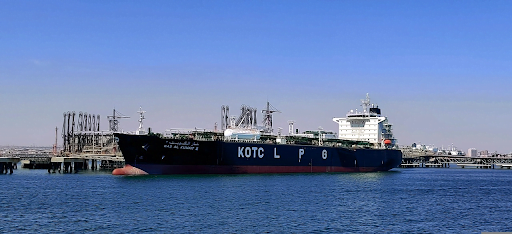
Once the end products are produced, they will be distributed to various retail locations you are familiar with, such as gasoline stations. If there is a local oil refinery in the area, the prices can be lower because of fewer requirements for transportation. On the other hand, if a country needs to import refined crude oil, you should anticipate the prices to be costly.
A basic transportation model of refined oil is as follows: manufacturing facility > ocean transportation > road transportation > gas stations. The costs highly depend on how far the target destination is. Also, note that there are many processes and costs in between these general steps. Labor expenses must also be included.
4. Retail mark-ups and taxes
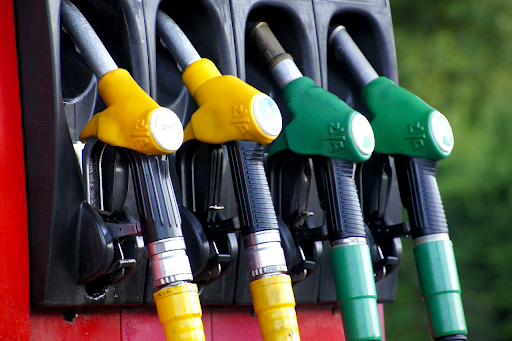
Some types of taxes that apply to gas are the federal excise tax of 18.4 cents and relevant state-mandated taxes. In 2022, gas taxes range from 33.5 to 86.6 cents, varying from state to state. These tariffs are taken into account by retail stations in pricing their supply, aside from the wholesale costs that they pay.
Profit margins also affect gas prices. In general, most stations get a 10-cent profit for each gallon sold. If you require specific fuel blends, expect that they will be available at higher fees. For instance, unique fuel blends in California will tend to be scarce in supply, raising the costs to an astronomical level.
Did you know that diesel taxes are higher than gasoline taxes? This is because heavier vehicles like trailer trucks and other massive types are the biggest consumers of diesel. They cause significant wear on the asphalt road and highways, which get repaired with the taxes.
Conclusion
Gas is so expensive because of these five factors: crude oil cost, refining expenses, distribution costs, taxes, and profit margins. Recent tensions in oil refineries and crude oil supply spiked up gas prices.




